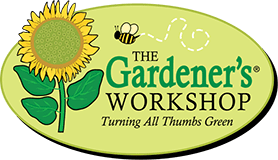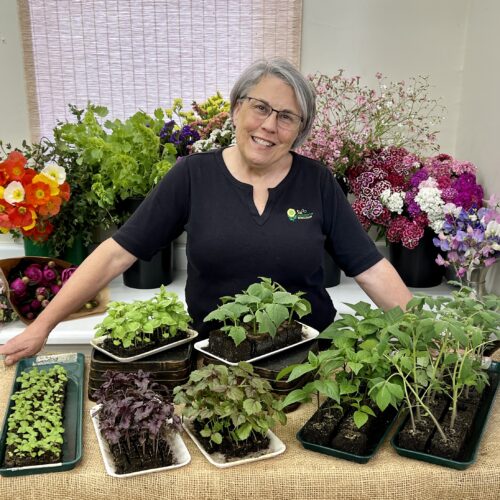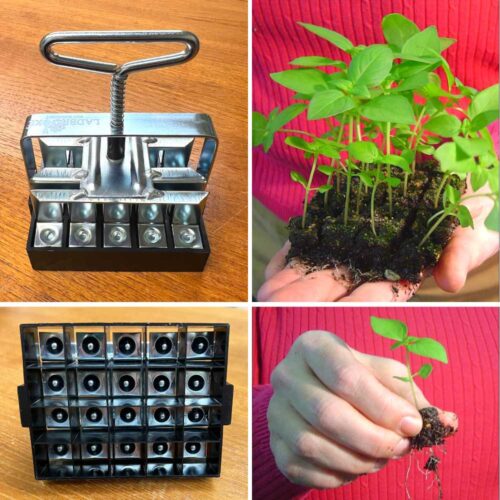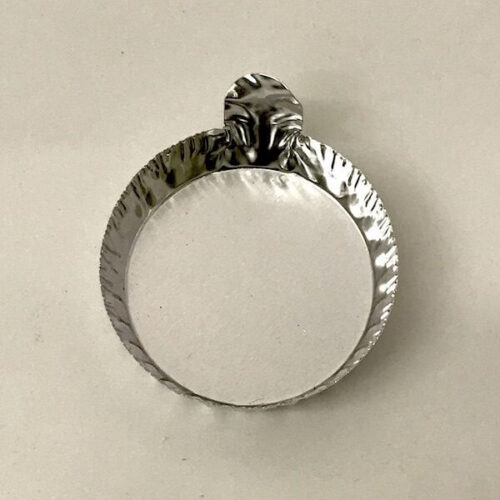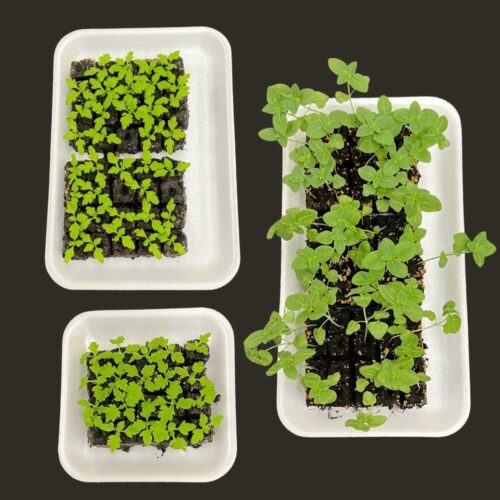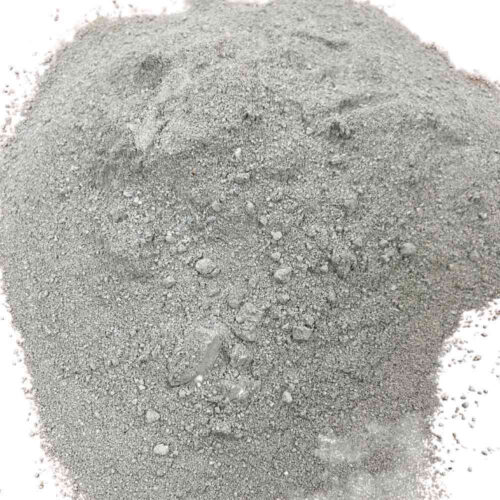How to Grow from Seed
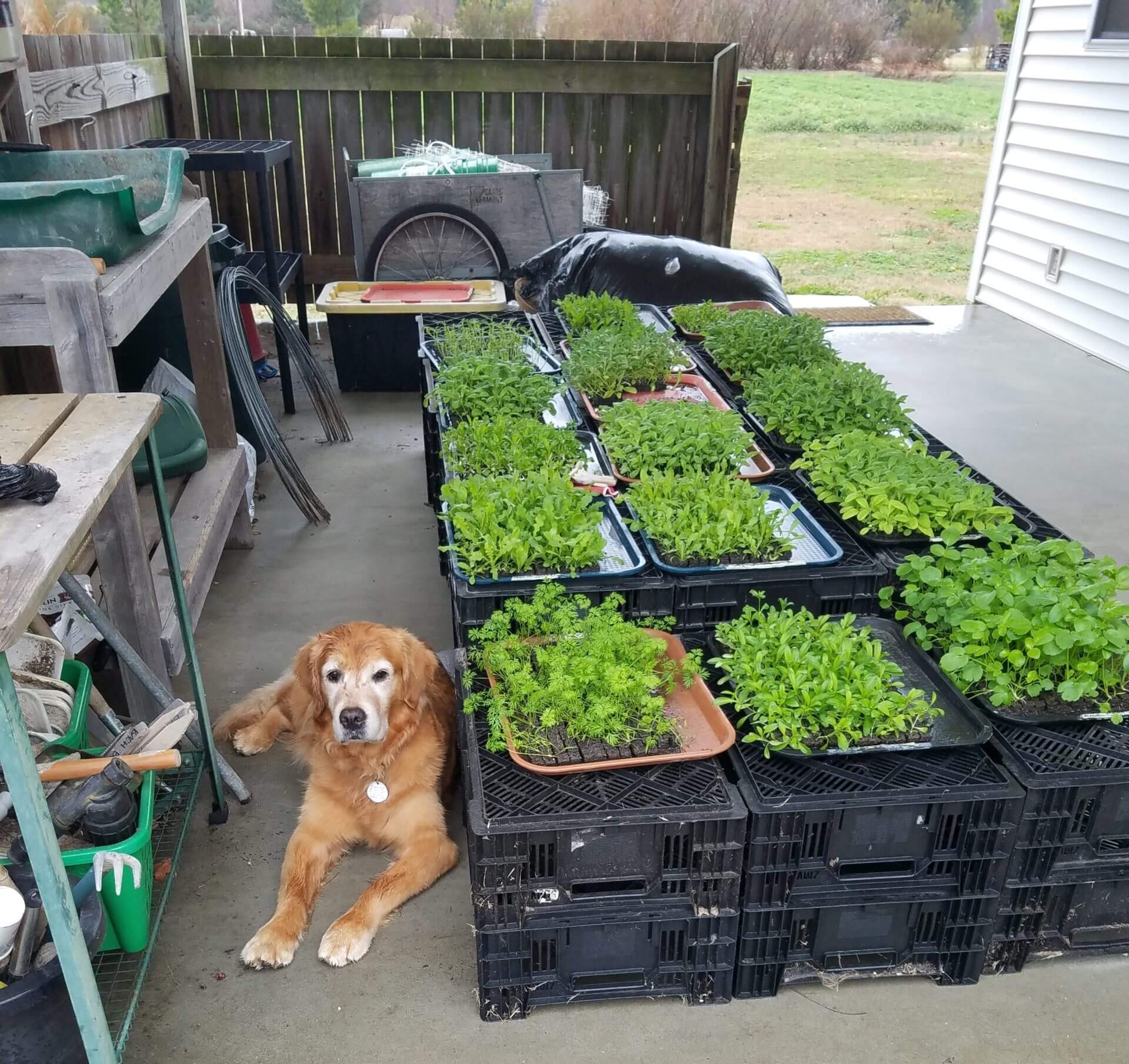
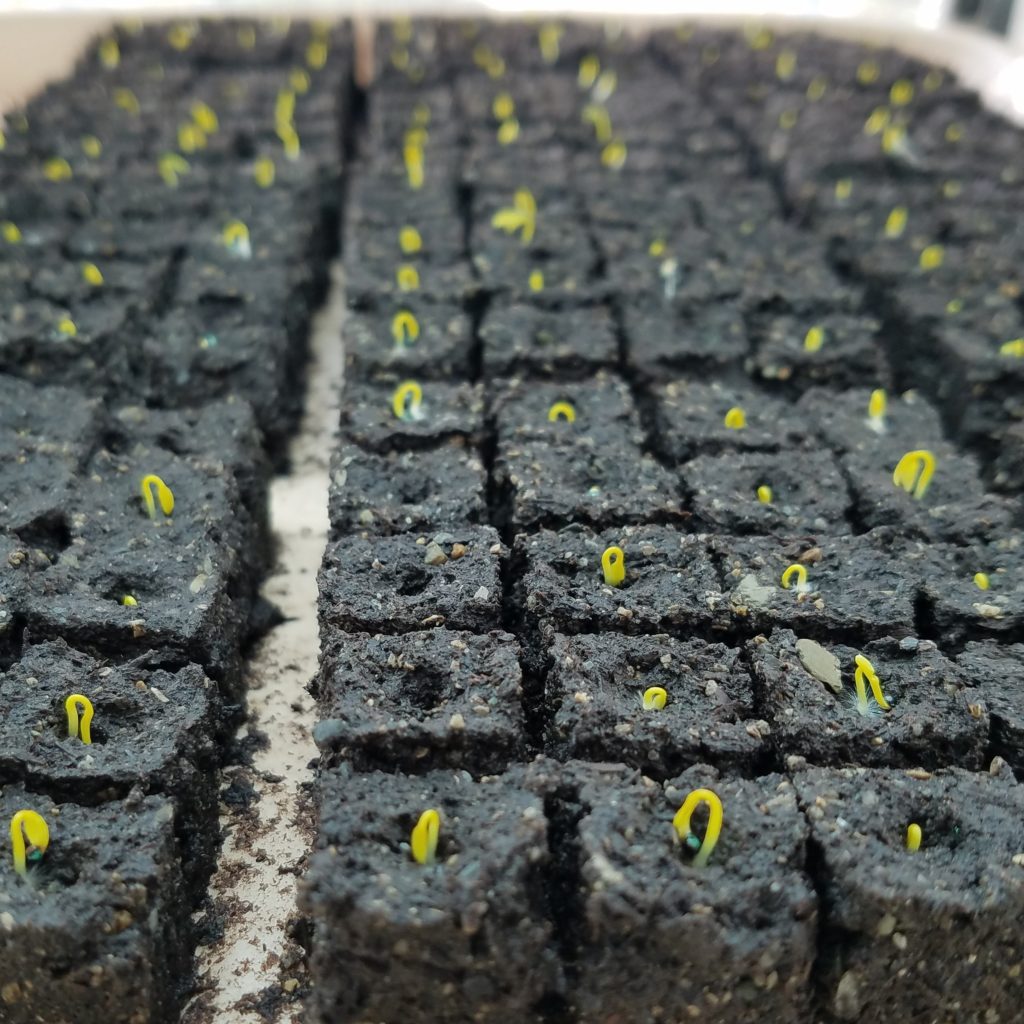
Celosia Sunday seeds just cracking. There is nothing else quite as satisfying as birthing baby plants.
Folks are often surprised to learn that when I started farming 22 years ago, I truly started out at ground zero in the gardening and farming knowledge department. My greatest struggle? Seed starting. I failed at it horribly, over and over.
After spending a couple of years just being a seed starting disaster, I decided to figure it out or give up my dream of becoming a flower farmer. Well… you may have already figured out the ending to this story since I’m sharing my seed starting successes here!
What I learned about starting seeds is simple –it boils down to a few ground rules that you can apply to any seed you want to start. Once you know what a seed needs to sprout and you provide it, nature takes over.
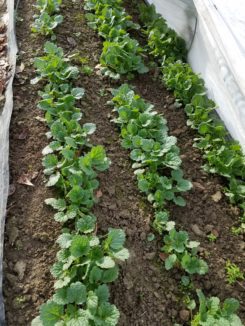
Bells of Ireland seeds planted straight in the garden.
Ground Rules to Know
- How does the seed prefer to be started? Indoors in a controlled environment, outdoors in the garden, or is it one of those seeds that will sprout either indoors or outdoors? If the seed packet doesn’t instruct you, enter the question into a search engine for an answer.
- When to start the seed? The easiest plants to start from seed are annuals. There are warm-season tender annuals (like tomatoes, basil, and zinnias) and cool-season hardy annuals (like lettuce, parsley, and snapdragons). Both plant groups live for about one year, but they have very different seed-starting and planting times. When starting indoors aim to have the transplant ready to go in the garden as its preferred season begins. When planting seeds outdoors in the garden you must wait until its preferred seasonal conditions are in full swing before planting the seeds in the garden.
- Cover the seed with soil or not? Seeds that require light to sprout should not be covered with soil. Seeds that require darkness to sprout should be covered with soil. If the seed packet doesn’t instruct you, enter the question into a search engine for the answer.
- What temperature does a seed need to sprout? As a general rule, most seeds prefer a consistent 70 to 85 degrees to sprout. Cool-season seeds on the lower end and warm-season at the higher end. For the highest rate of sprouting: indoor seed starting requires a seedling heat mat and planting seeds outdoors in the garden requires conditions conducive to the seeds need–i.e. warm-season seeds nighttime temperatures staying above 60 degrees and cool-season seeds nighttime temperatures below 60 degrees.
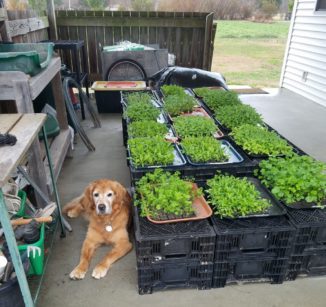
I’ll warn you, once you follow these rules to success, seed starting can be a bit addictive.
Each of these rules is crucial to successful and easy seed starting. Not following these ground rules is what generates most of the questions I receive about seed starting failures.
If you would like to learn more about how to start seeds using our tabletop method of soil blocking and how-to plant seeds directly in the garden check out my online course: Seed Starting Made Easy. The 90 minute online course is $19.95 and you have lifetime unlimited access. This means you can watch it as many times and as often as you’d like.
I hope my tips give you the courage to grow a garden from seed. There is nothing quite as satisfying as witnessing the birth of baby plants—-and you did it. Amazing.
View my online garden store stocked with my favorite seed starting equipment, seeds, and tools— the very same I use!
 Lisa Mason Ziegler is a cut-flower farmer, author, and nationally recognized speaker on organic cut-flower farming.
Lisa Mason Ziegler is a cut-flower farmer, author, and nationally recognized speaker on organic cut-flower farming.
Founder of The Gardener’s Workshop and Flower Farming School Online . Award-winning Author of Vegetables Love Flowers & Cool Flowers. Connect with Lisa on Facebook and Instagram.
